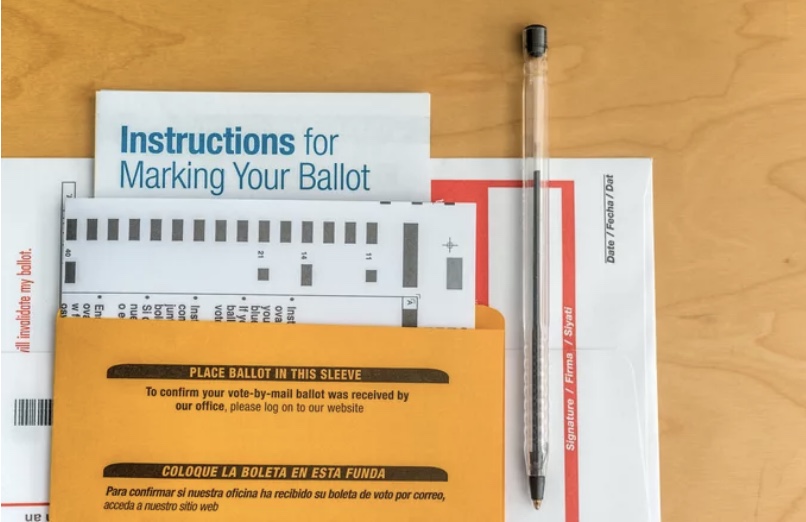South of Salt Lake City, Utah, there’s an idyllic hilltop neighborhood called Suncrest. A master-planned community, hundreds of modern single-family houses stretch out across nearly 4,000 acres of canyons, trails, and Gambel oak trees. If you look in one direction, you see the adjacent mountains that include the ski resorts Alta, Solitude, and Brighton. In the other, you can see the wide expanse of the city. That’s part of Suncrest’s appeal: It’s only 15 miles from the largest city in the state, but it feels like a quiet mountain town.
It also happens to be the place that best illustrates the solution to America’s historically low voter turnout. The U.S. already has some of the lowest participation rates in the developed world. The new coronavirus threatens to make that problem even worse by turning the act of voting itself into a potential health risk.
While Suncrest feels like one community—it has one Mormon church and one restaurant—it’s divided into two counties: Salt Lake and Utah. In fact, the county line runs right down the middle of it. Both sides are similar in population size; each is 90 percent white. In the 2016 election, however, they had dramatically different voter turnout rates. Suncrest’s Salt Lake County residents showed up to vote at a rate nearly 18 percentage points higher than their Utah County counterparts, with about 81 percent of Salt Lake’s registered voters casting ballots compared to Utah’s 63 percent.
What made the difference? The two counties used different voting systems. Whereas Utah County stuck with the traditional model of people lining up at polling places to cast ballots, Salt Lake County switched to conducting its election entirely by mail. Under that system, otherwise known as “vote at home,” voters receive their ballots in the mail weeks before Election Day and can either mail them back or drop them off at a secure site. In other words, Suncrest, a demographically homogenous community, offered something no other part of the country has: a natural experiment to compare traditional voting to voting at home.




